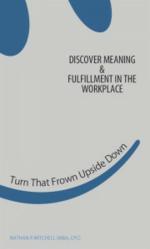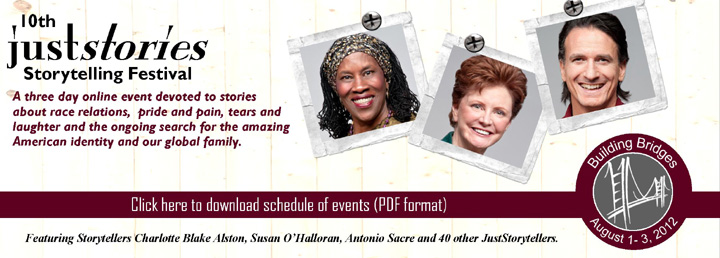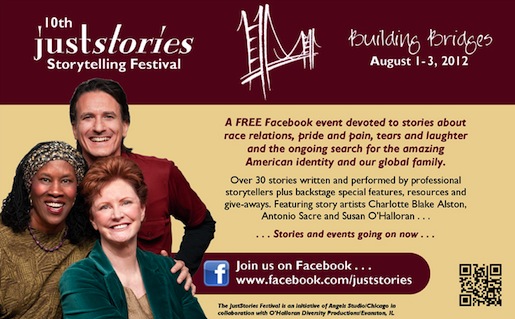One of my occasional forays into my own story …
Early on in our residence in Kettle Falls, WA, I realized that we have more 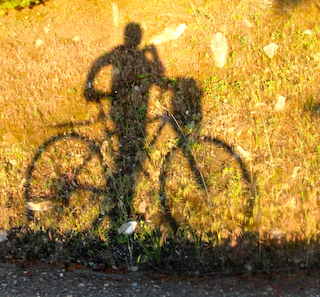 hours of daylight here than anywhere I’ve lived before because of how far north we are. We’re roughly at the 49th parallel. Looking at a Daylight Hours Explorer on the Web, I can see that, today, for example, we have about 15.7 hours of daylight, compared to the 13.6 hours we would have if we still lived in Florida. That means the sun comes up earlier here and sets later than in any place I’ve ever lived.
hours of daylight here than anywhere I’ve lived before because of how far north we are. We’re roughly at the 49th parallel. Looking at a Daylight Hours Explorer on the Web, I can see that, today, for example, we have about 15.7 hours of daylight, compared to the 13.6 hours we would have if we still lived in Florida. That means the sun comes up earlier here and sets later than in any place I’ve ever lived.
I was aware of these long hours of daylight our first summer here when we came to build our house and the following year after we permanently moved here. But it wasn’t till last year that the early sunrises affected my lifestyle.
It was so light in the early-morning hours — often before 5 a.m. — that I started getting up literally with the sun. I found I enjoyed a couple of hours of quiet to get work done before the rest of the household awoke. So even during the winter when the sun rose later, I had gotten into the habit of getting up between 5 and 6 a.m.
Despite adding extra time to my day, I was hard-pressed to find enough time for exercise (not to mention that a painful achilles tendon had hobbled my activities). This spring when I started a new weight-loss program, I had the brainstorm that I could simply get up even earlier so I could exercise.
I started getting up between 4 and 5 a.m. to walk. I got really interested in the timing of the sunrise and printed out several month’s worth of charts from SunriseSunset.com. I knew, of course, that the earliest sunrise (4:49 a.m.) would occur on the summer solstice, but I was curious about the span of days during which the sun would come up not much later than 5. I identified an eight-week period during which the sunrise was at 5:04 on the first day and 5:06 on the last day.
My motivation was two-fold. I figured if I could walk that early, I could ride my bike, as long as it wasn’t too dark. During this eight-week period, I determined that if I was on my bike by 4:30, I would have enough light to bike safely (I also wore a reflector vest) and could see the sunrise.
And that was my other motivation. Seeing — and photographing — beautiful sunrises. And then I took my thinking a step further. What would be even more amazing than seeing a spectacular sunrise? How about seeing it from the top of a mountain? And over the Columbia River? I could experience that splendor if I rode my bike up a very steep, challenging elevation.
So here was where my exercise/weight-loss ambitions merged with my sunrise-viewing aspirations. I had been losing weight fairly rapidly on the rather calorie-restricted weight-loss program I’m on — as many as 5 pounds a week in the early weeks. By the time I conceived the bike rides, the loss had slowed down to about 2 pounds a week. I reasoned that I could bump that figure back to 5 by doing the bike rides. (The weight struggle of my adult life is a whole other story.)
I began the bike rides on May 21. I envisioned that I would do them daily, but a few days in, I felt I was struggling too much when I biked on consecutive days. I remembered that I’m really old and out of shape. I decided to cut back to three days a week. Bad weather or oversleeping were the only things that stopped me, and even then, I simply postponed till another day or later the same day. On alternate days, I walked. I took one day a week to rest. The most difficult part of the rides was how cold May and June mornings are in Eastern Washington. Many mornings, I faced temperatures in the mid- or even low-40s.
After the first week, I was dismayed to have lost no more weight. After the second week, I had actually gained a few pounds. This phenomenon made no sense. My weight-loss coach told me that the body sometimes goes into survival mode. Already calorie-deprived, my body might be hanging onto every bit of mass in the face of the exercise. She shared with me tales of other people on the program who’d gone weeks without losing an ounce while exercising intensely.
Thus, I considered quitting the bike rides. Ultimately, being out in nature at the break of each day, being in tune with the rhythms of the sun, and the way the bike rides made me feel outweighed the lack of progress on the scale. I also decided not to weigh myself for the rest of the eight weeks of bike rides. I know I’ve lost some weight. My clothes are fitting differently; measurements show I’ve lost inches; and people have noticed my weight loss.
Today was my last sunrise bike ride, alas, a cloudy unphotogenic morning in which I even encountered rain. I could keep doing them and just set out later on my bike. But I still like being at my desk around 6 a.m. and starting to work. The eight-week period seems just right, a special time to celebrate the longest of days and glory in the blooming of each wildflower in its time. The sunrise bike rides are something I can look foreword to every year. Of course, I won’t rule out going on a sunrise ride anytime the spirit moves me.
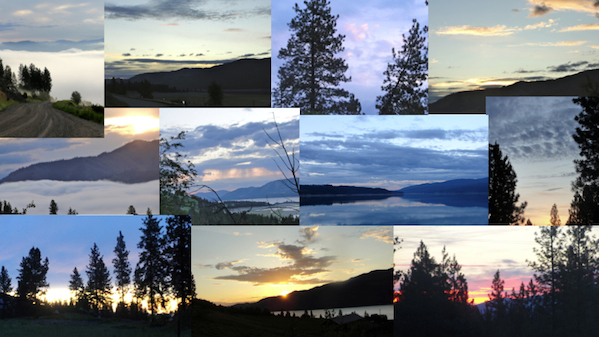
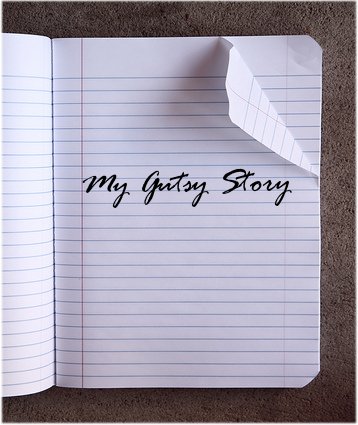 Gutsy Story.”
Gutsy Story.”
